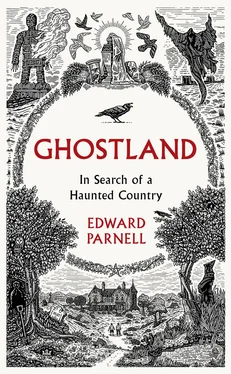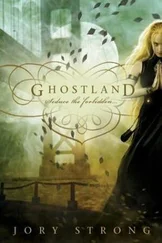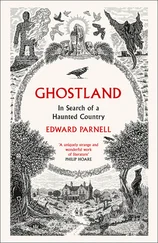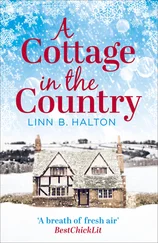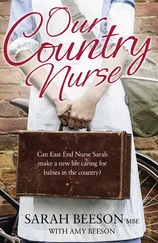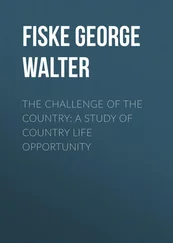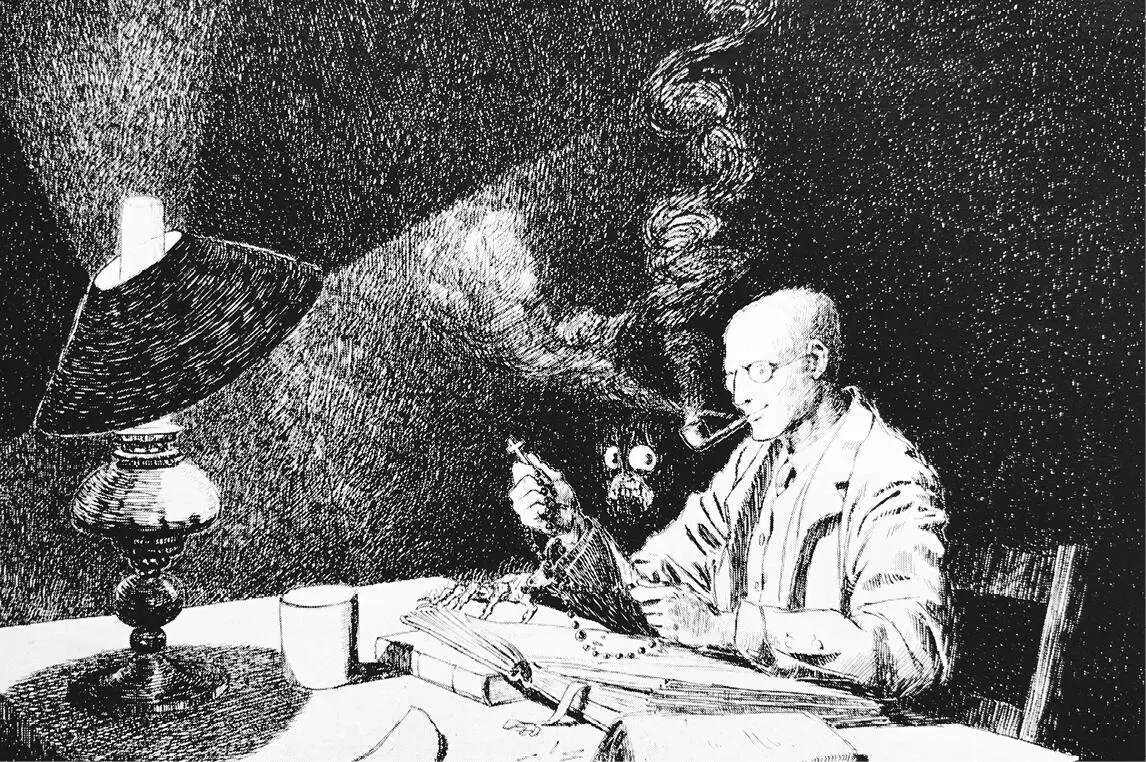
Original illustrations by James McBryde (1874–1904) from the first edition of Ghost Stories of an Antiquary by M. R. James
James’s sexuality has long been the subject of speculation – he was a lifelong bachelor, and surrounded himself with close, often younger, male friends. Those searching for Freudian clues about his personal life might point to the lack of female protagonists in his stories, or note that when women do appear they regularly take the role of the fiend, like Mrs Mothersole in ‘The Ash Tree’. The academic Darryl Jones refers to the ‘mouth, with teeth, and with hair about it’ inside which Mr Dunning in ‘Casting the Runes’ unsuspectingly places his hand, in the nook beneath his pillow, as a ‘ vagina dentata – a nightmare image of the monstrous-feminine’. A similar horror could be ascribed to the mouldy well-cavity and the guardian-thing it harbours (‘more or less like leather, dampish it was’) in ‘The Treasure of Abbot Thomas’.
Both of these examples may indeed, possibly, point to a fear of (or at least unfamiliarity with) women, and therefore may be indicative of James’s clandestine fears or desires. Undoubtedly, having spent his life in all-male academia, he was far more comfortable in the company of men. This stretched to an enjoyment of the rough wrestling-games of ‘ragging’ and ‘animal grab’ that he played at Eton and continued to engage in while at King’s – at the meetings of the TAF (‘Twice a Fortnight’) society, or at college Christmas Eve parties. James’s friend Cyril Alington, later the headmaster of Eton (while James was its provost), provides surprising evidence contradicting the image of James as a stilted academic who we might expect to shun such physical contact; he recalled another friend, St Clair Donaldson – the future bishop of Salisbury – rolling on the floor during one of these games ‘with Monty James’s long fingers grasping at his vitals’.
James’s tactile nature is reflected in his stories, in which the protagonists often experience the touch or feel of something that causes them revulsion, or, in the case of Stephen in ‘Lost Hearts’, wake to find his nightgown has been shredded in the darkness by the raking fingers of the ghost-boy Giovanni. However, it would be presumptuous to assume that these horrors result from some subconscious psychosexual terror experienced by James – they may have been chosen simply for their unpleasantness, or for their resemblance to the medieval visions of Hell garishly on display in the paintings of Hieronymus Bosch and Pieter Bruegel the Elder, and also prevalent in the manuscripts of that period and the biblical apocrypha of which James was such a keen scholar.
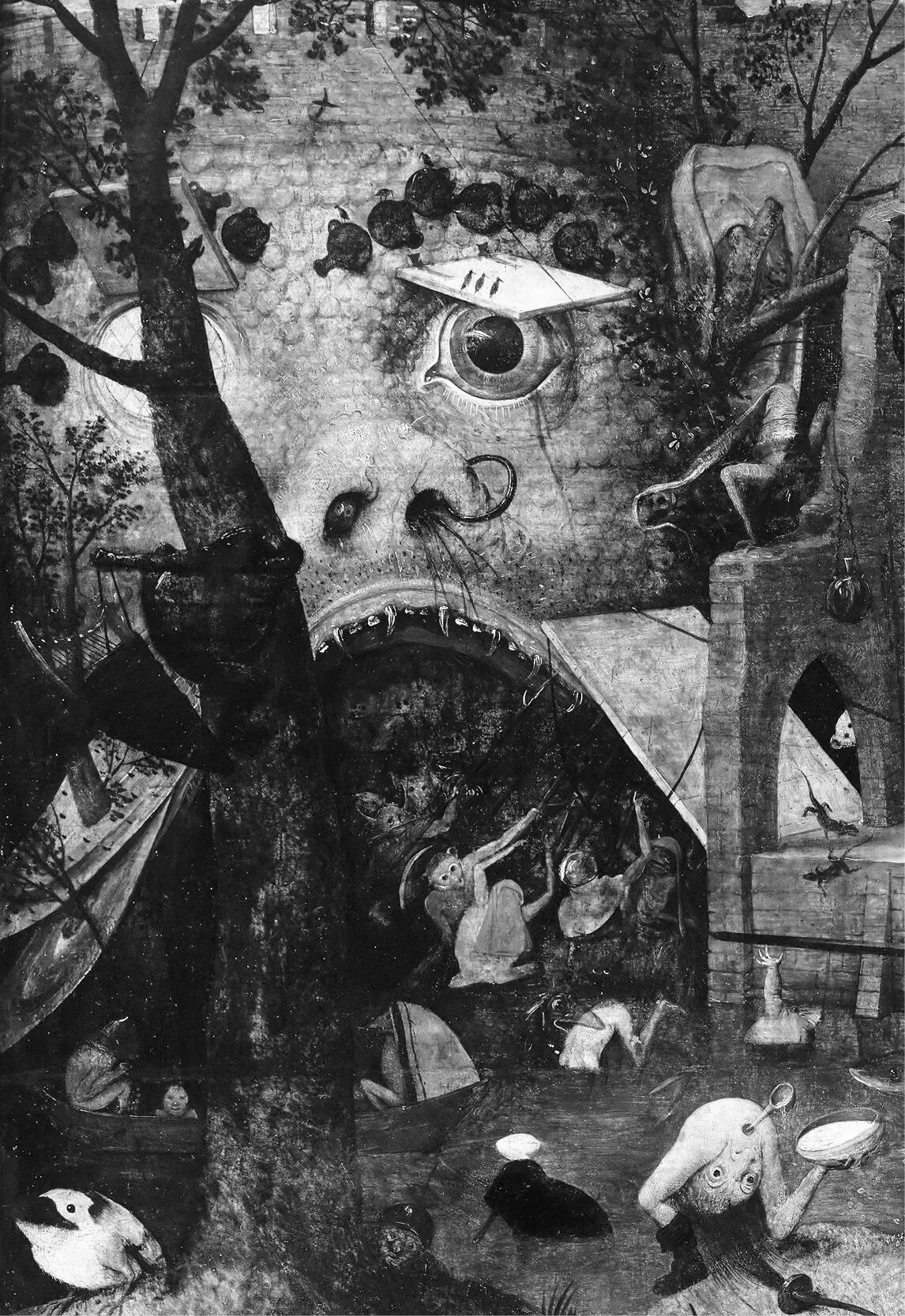
Detail from Dulle Griet by Pieter Bruegel the Elder (Wikimedia Commons)
Because it strikes me that an unexpected toothed mouth appearing beneath a pillow would be equally terrifying to any sleeper, regardless of whether they were a man or a woman, gay or straight.
Gordon Carey, a former King’s chorister and Cambridge student who was one of James’s closest later friends, told his son long after James’s death that he supposed Monty was ‘what would now be called a non-practising homosexual’.¶ However, a definitive answer to the question of the writer’s sexuality – something that is ultimately irrelevant in relation to our enjoyment of his stories – seems likely to remain unknowable.
The reticence about ‘Lost Hearts’ that MRJ voiced to James McBryde perhaps hints at the atypical nature of the tale. In some ways it’s grubbier and nastier than most of his stories – which might explain James’s apparent disdain for it.** One of its main characters is a child – and children rarely feature in his work. Before the action begins, the real devil of the piece, Mr Abney, has already lured two adolescents to his grand house, removing their still-beating hearts with a knife while they lie drugged before him, then eating the organs accompanied by a glass of fine port. He plans to confer the same grim fate upon his young orphaned cousin Stephen Elliott in a ritual attempt to attain special powers for himself: invisibility, the ability to take on other forms, and the capacity for flight.
I disagree with James’s own lukewarm opinion of ‘Lost Hearts’. The story is viscerally effective in exploring the loss of childhood innocence (and of the boundaries people will cross to achieve their aims), though I think the adaptation I happened upon on that distant Christmas Eve is in some ways the more frightening of the two versions: certainly the gypsy girl Phoebe and the Italian boy Giovanni make petrifying on-screen apparitions with their greyish-blue skin, yellowed teeth, weirdly hypnotic swaying, and those extraordinary claw-like fingers. The maniacal movement of Mr Abney – he’s usually filmed with the camera tracking him, or circling Stephen in the way a big cat circles its prey – was inspired by Robert Wiener’s fêted work of German Expressionism, The Cabinet of Dr Caligari . And, in the appearance of the two ghost children, I see echoes of another silent German classic, F. W. Murnau’s Nosferatu , in which Max Schreck’s depiction of the spindly-fingered vampire, Count Orlok, remains one of the most iconic images of the supernatural committed to celluloid.
Yet, above all in the small-screen version, it was the ghost-boy’s hurdy-gurdy music that I found most unsettling. The film had no budget for an orchestral score, with scratchy vinyl 78s from the BBC archives providing the unforgettable aural chills; the adaptation makes no attempt, however, to replicate the ‘hungry and desolate cries’ of the dreadful pair of ghosts, a savage detail in James’s original.
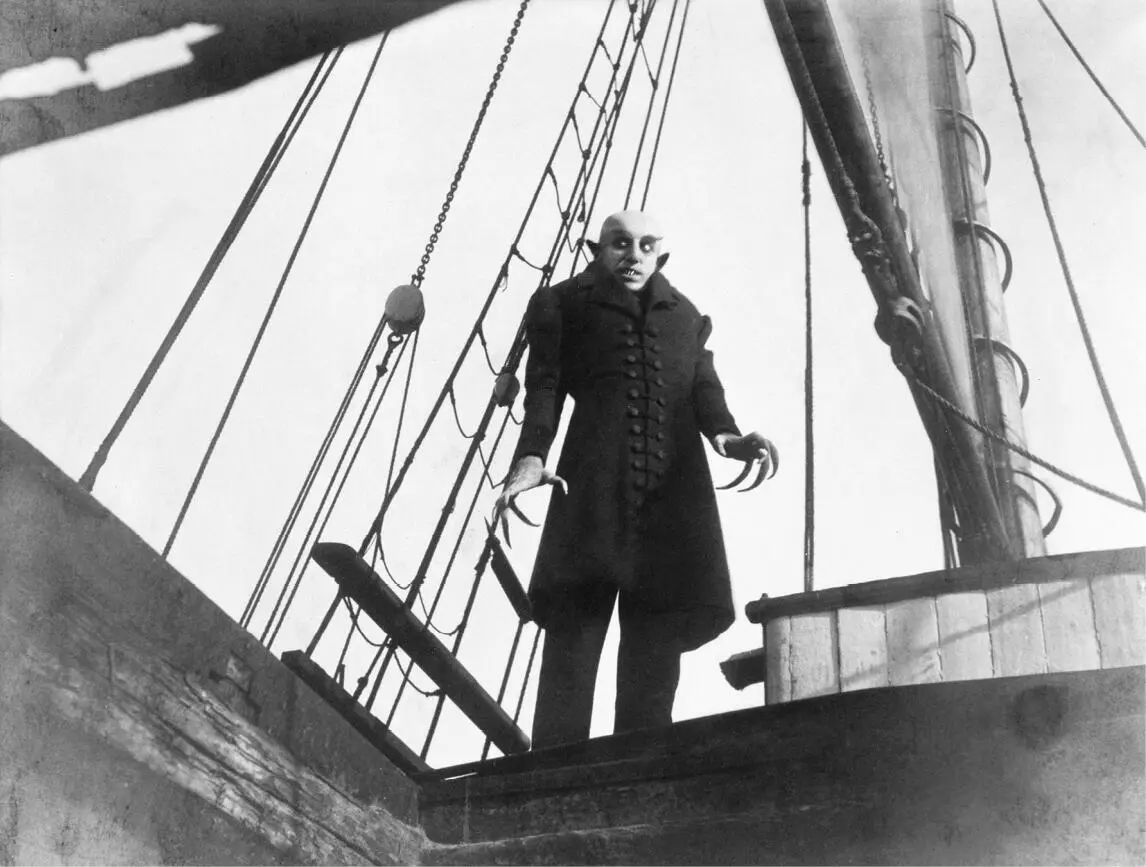
Ullstein bild Dtl./Contributor via Getty Images
‘Lost Hearts’ has its setting at Aswarby Hall in Lincolnshire – when James was writing still a real, extant country pile just south of Sleaford, twenty miles to the north-west of the Fenland market town of Spalding where I grew up (and where I first came across the story in the early hours of that Christmas morning). I cannot visit the hall, as it was demolished in 1951, the result of damage and neglect while under requisition during the Second World War; the parkland that is described so beautifully in the story, however, remains. The adaptation was filmed in twelve days, with Harrington Hall in the Lincolnshire Wolds taking the place of Aswarby. Another location in the far north of the county, the Pelham Mausoleum at Brocklesby Park, was used for one of its most atmospheric scenes – when Stephen visits the temple in the grounds with its haunting, painted glass ceiling of cherubs. The mausoleum, based on that of the Temples of Vesta at Rome and Tivoli, was built between 1786 and 1794 by the First Baron Yarborough as a memorial to his late 33-year-old wife Sophia.

The TV production of Lost Hearts ranged widely over my home county, moving south to shoot the unvarying agricultural vistas I was so familiar with; I would have recognised the landscape of the ominous opening scene, as Stephen’s carriage emerges from the morning haze of a long Fenland drove, passing vast fields where the ghost children wait.†† This premature appearance of the two grey-skinned horrors is one of the film’s weaknesses, for it raises too many questions about their motivation, and their foreshadowed knowledge of future events; in this way, at least, I think James’s original, where the spirits are portrayed as forces of vengeful hunger, works better. But the hurdy-gurdy music of the film, the wonderful visuals of its ghosts, coupled with Joseph O’Conor’s predatory Mr Abney – and of course the circumstances in which I first encountered it – means that the adaptation retains pre-eminence for me.
Читать дальше
